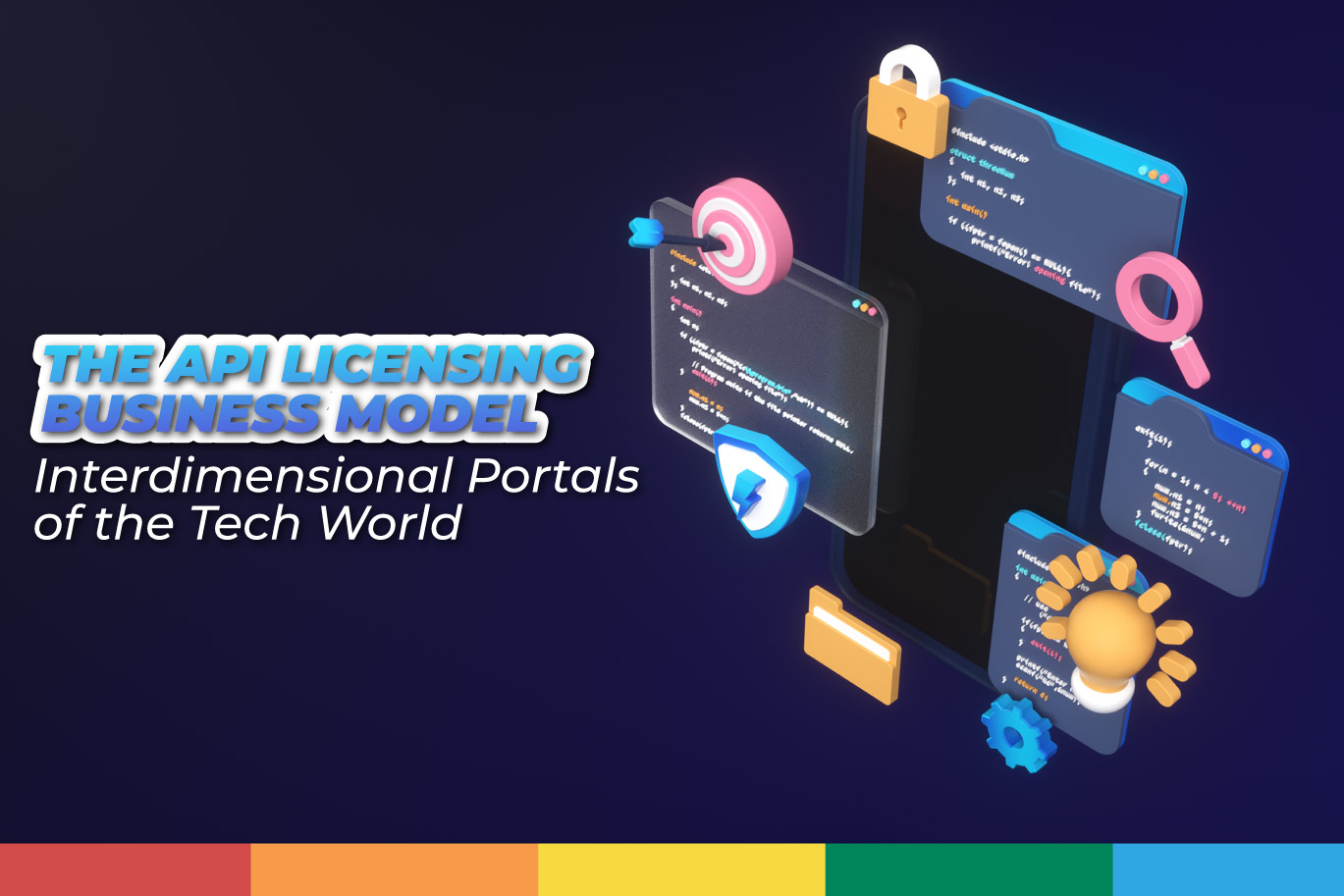Data Protection and Privacy Solutions
03 Data Protection and Privacy Solutions
We continue our Cybersecurity Solutions course with Data protection and privacy, critical aspects of information security in the digital age. With the increasing amount of data being generated, stored, and shared, organizations and individuals face growing challenges in safeguarding confidential information against unauthorized access and misuse. In this topic, we will explore various privacy and data protection solutions that can be implemented to mitigate risks and ensure the confidentiality, integrity, and availability of data.
Encryption
Encryption is a fundamental data protection solution that involves converting information into an unreadable format, known as ciphertext, using an encryption algorithm and a secret encryption key. By encrypting data, even if unauthorized parties gain access to it, they cannot decipher the information without the corresponding decryption key, effectively rendering it useless. Encryption can be implemented at various levels, including full-disk encryption, file-level encryption, and communication encryption. Additionally, encryption protocols like Secure Sockets Layer (SSL) and Transport Layer Security (TLS) are widely used to secure data transmitted over networks.
Access Controls
Access controls are mechanisms that ensure that only authorized individuals or entities can access and manipulate data. By implementing strong access controls, organizations can define user privileges and limit access to confidential information as needed. This includes implementing user authentication mechanisms such as passwords, two-factor authentication, biometrics, and multi-factor authentication. Access controls also involve defining user roles and permissions, role-based access control (RBAC), and mandatory access controls (MAC). These measures help prevent unauthorized access, unauthorized modification, and data breaches.
Data Loss Prevention (DLP)
Data Loss Prevention (DLP) solutions are designed to identify, monitor, and protect confidential data against unauthorized disclosures, leaks, or exfiltration. DLP solutions use a combination of content inspection, contextual analysis, and security policies to prevent data loss and ensure regulatory compliance. These solutions can detect and prevent the unauthorized transmission of confidential data through various channels, such as email, web applications, USB drives, and cloud storage services. DLP also includes the ability to quarantine or encrypt confidential data to prevent unauthorized access or use.
Anonymization and Pseudonymization
These techniques are used to protect privacy by removing or hiding personally identifiable information (PII) from datasets. Anonymization involves the removal or modification of identifying information, while pseudonymization involves replacing identifying information with pseudonyms. By applying these techniques, organizations can retain the utility of data for analysis while minimizing the risk of reidentification of individuals. However, it’s important to note that these techniques are not foolproof, and appropriate measures must be implemented to ensure the protection of anonymized or pseudonymized data.
Privacy Impact Assessment (PIA)
A Privacy Impact Assessment (PIA) is a systematic assessment of potential privacy risks and impacts associated with the collection, use, and disclosure of personal information. It is a proactive approach to privacy management that helps organizations identify and address privacy risks before they materialize. PIAs involve evaluating data processing activities, assessing privacy risks, and implementing appropriate mitigation measures. By conducting PIAs, organizations can demonstrate compliance with privacy standards, build trust with stakeholders, and ensure the privacy of individuals whose data they handle.
Secure Data Deletion
Data deletion is often overlooked but is a fundamental part of data protection. Simply deleting files or formatting storage media does not guarantee permanent data removal. Secure data deletion involves using methods that ensure data cannot be recovered, such as secure erasure techniques and physical destruction methods. These industry-standard methods prevent unauthorized access to discarded storage devices and ensure the privacy of the data they contain. Secure data deletion also includes responsible handling and destruction of backup media and electronic equipment.
Conclusion
Data protection and privacy solutions play a vital role in ensuring the security and integrity of confidential information. Encryption, access controls, data loss prevention, anonymization, pseudonymization, privacy impact assessments, and secure data deletion are just some of the measures organizations can implement to protect data assets and comply with privacy regulations. By understanding and implementing these solutions, individuals and organizations can effectively safeguard their data and maintain the trust of their customers and stakeholders.
Conclusion – Data Protection and Privacy Solutions
The Data Protection and Privacy Solutions course covers the essential aspects of safeguarding sensitive data and ensuring privacy in today’s digital age. Here, you will learn about laws and regulations related to data protection and privacy, as well as the risks associated with unauthorized data access, data breaches, and identity theft. Furthermore, you will explore various data protection strategies and technologies, including data encryption, access controls, secure data storage, and secure data deletion. By the end of the course, you will be able to develop and implement comprehensive data protection and privacy solutions to safeguard confidential information and comply with relevant regulations.
If you missed it, check Part II in our blog!








